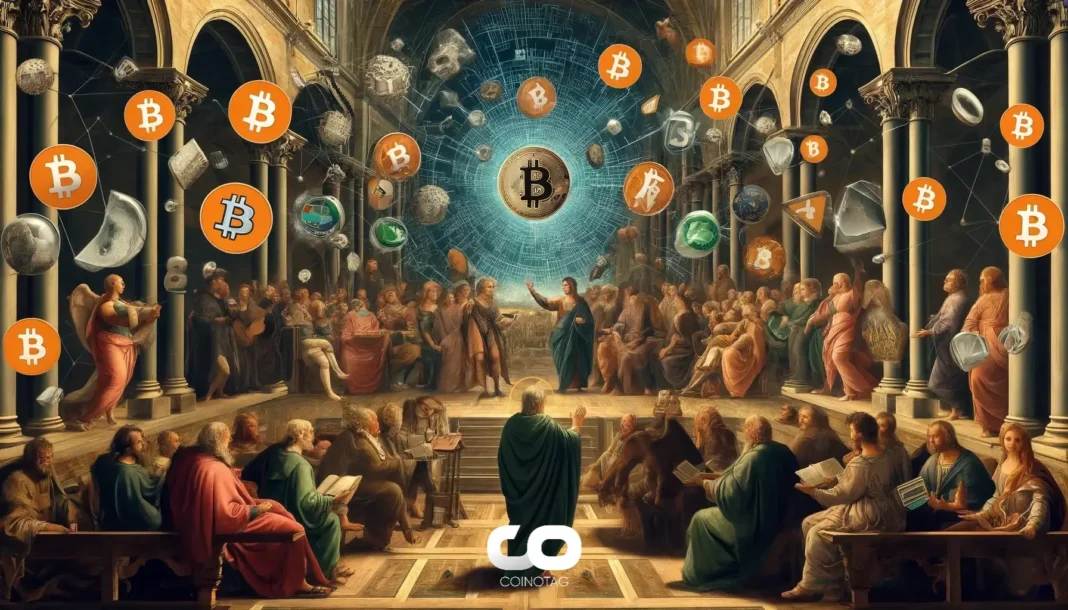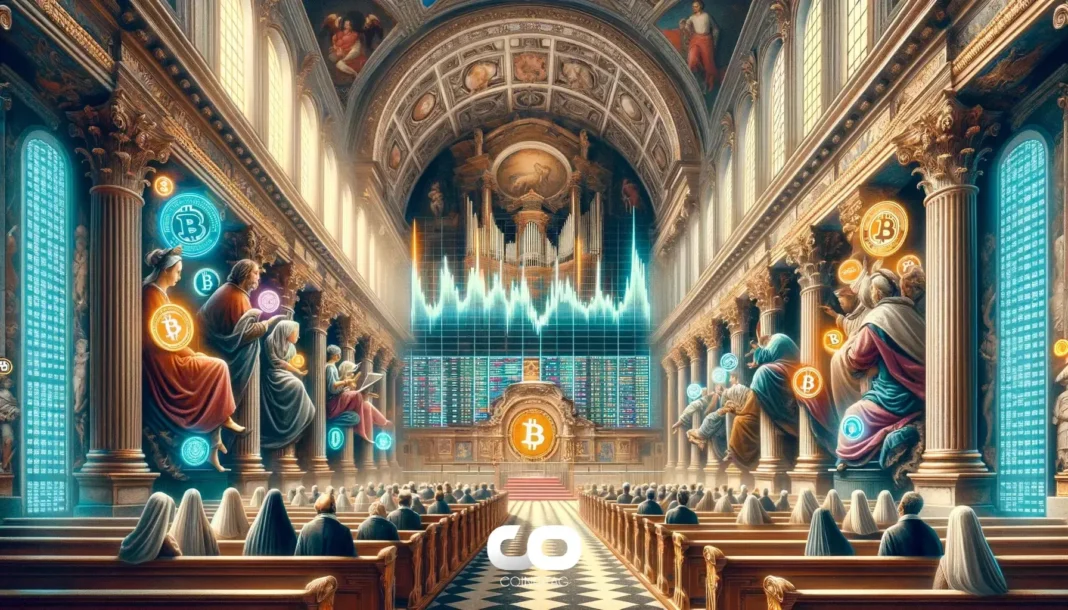PayPal P2P crypto transfers let US users send and receive cryptocurrencies, including PYUSD, directly inside PayPal and Venmo via one‑time “links” — enabling instant peer‑to‑peer transfers without external exchanges and exempting qualifying friends‑and‑family transfers from 1099‑K reporting.
-
PayPal links enable direct P2P crypto transfers inside PayPal and Venmo
-
Google is testing an open‑source AI payment protocol with stablecoin support for agent payments
-
Bitcoin miners are pivoting into data centers and AI infrastructure amid tighter margins and rising difficulty
PayPal P2P crypto transfers: send PYUSD and other crypto directly in PayPal/Venmo. Learn how to use links, miner pivots, Google AI payments and Bitwise ETF plans.
PayPal launches P2P crypto links, Google tests AI payments, miners pivot to data centres and Bitwise eyes a stablecoin ETF.
What are PayPal P2P crypto transfers?
PayPal P2P crypto transfers are a new feature that generates one‑time “links” inside PayPal and Venmo so US users can send and receive cryptocurrencies — including PayPal’s PYUSD stablecoin — directly without using external exchanges. Qualified friends‑and‑family transfers avoid 1099‑K reporting.
How do PayPal links work for sending crypto?
The PayPal links feature creates a single‑use URL inside the app that a sender shares via text or chat. Recipients tap the link to accept crypto into their PayPal or Venmo wallet. Transfers remain on‑platform, reducing counterparty steps and streamlining custody for retail users.

Why does PayPal’s P2P rollout matter for crypto adoption?
Front‑loading wallet interoperability, the PayPal links rollout lowers friction for mainstream crypto use. By enabling internal transfers and integrating PYUSD, PayPal is shifting some retail flows from exchanges to custodial wallets inside major payment apps.
That change can increase on‑ramp liquidity for stablecoins and improve everyday utility for dollar‑pegged crypto, especially for consumers who already use PayPal and Venmo for payments.
How are Bitcoin miners adapting to tighter margins?
Public miners report rising share prices even as Bitcoin has softened, driven by corporate pivots into data‑center services and AI infrastructure. Firms diversifying revenue beyond block rewards are attracting investor interest.
Industry reporting from The Miner Mag highlights miners such as Cipher Mining, Terawulf, Bitfarms, Hive Digital and Iris Energy posting double‑digit monthly gains while the network’s mining difficulty continues to climb.

What is Google’s open‑source AI payment protocol?
Google has announced an open‑source Agent2Agent payment extension that lets autonomous AI agents request and accept payments. The protocol includes built‑in support for stablecoins, reflecting industry collaboration with companies such as Salesforce, American Express and Coinbase (consulted).
Backed by more than 50 partners, the protocol aims to standardize payments between machine agents and to enable microtransactions, subscriptions and service purchases executed by AI on behalf of users.
What is Bitwise proposing with a stablecoin and tokenization ETF?
Bitwise filed with the US Securities and Exchange Commission to launch an ETF focused on stablecoins and tokenization. The proposed product would target companies involved in stablecoin issuance, payment rails, exchanges and tokenized asset services.
According to public filings, the ETF would include regulated exchange‑traded products with exposure to Bitcoin and Ether in its crypto sleeve and aims to capture institutional interest in dollar‑pegged assets and tokenized securities.
Frequently Asked Questions
How do I accept a PayPal crypto link?
Open the PayPal or Venmo app and tap the one‑time link shared by the sender. Follow the prompts to accept the crypto into your on‑platform wallet. No external exchange account is required; transfers stay within PayPal/Venmo custody.
Is Google’s AI payment protocol compatible with stablecoins?
Yes. The protocol includes built‑in support for stablecoins and has been developed with input from major crypto and payments firms. It is designed to allow AI agents to execute payments using dollar‑pegged digital assets.
How‑to: Send P2P crypto via PayPal links
Quick steps to send crypto inside PayPal or Venmo:
- Open PayPal or Venmo and select your crypto wallet.
- Choose the send option and create a one‑time PayPal link for the amount and asset.
- Share the link via text or chat; recipient taps to accept into their wallet.
Key Takeaways
- PayPal simplifies P2P crypto: One‑time links enable on‑platform transfers of crypto and PYUSD inside PayPal and Venmo.
- Stablecoins gain utility: Google’s AI payment protocol and PayPal’s PYUSD highlight growing adoption of dollar‑pegged tokens.
- Miners diversify: Pivoting to data‑center and AI infrastructure helps miners offset rising mining difficulty and costs.
Conclusion
PayPal’s P2P crypto transfers, Google’s agent payment protocol, miner diversification and Bitwise’s ETF filing collectively signal a shift from speculation to payments and infrastructure in crypto. Expect stablecoins and tokenization to play a central role as services and regulation evolve. Subscribe to Crypto Biz for weekly business coverage of blockchain developments.






